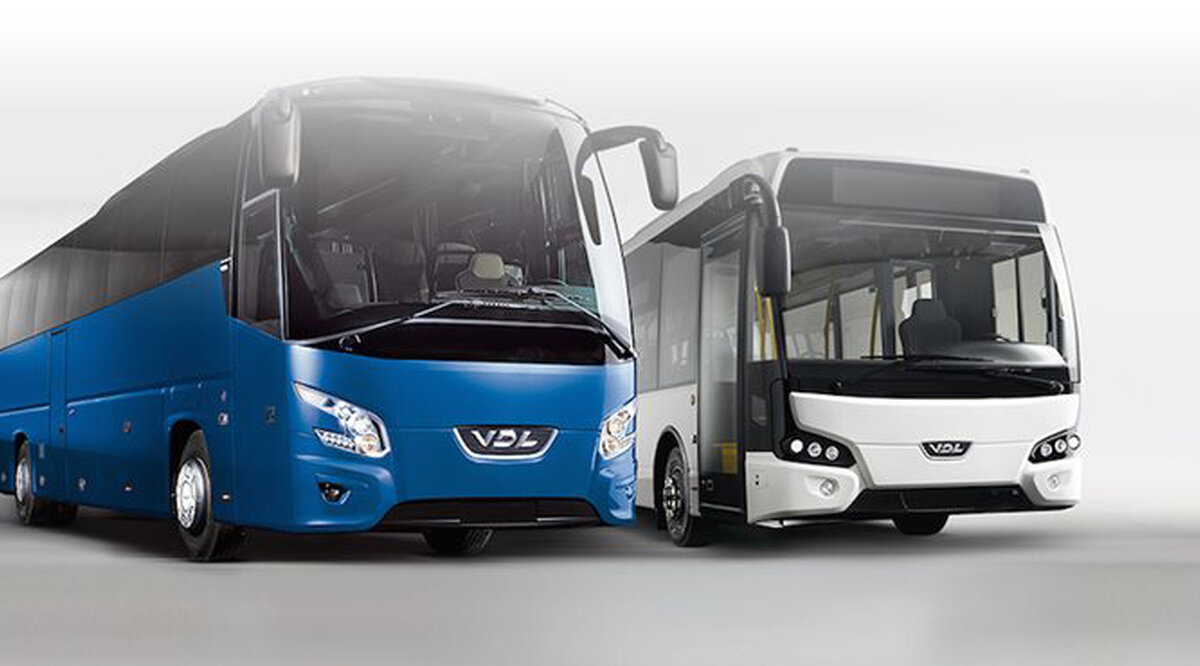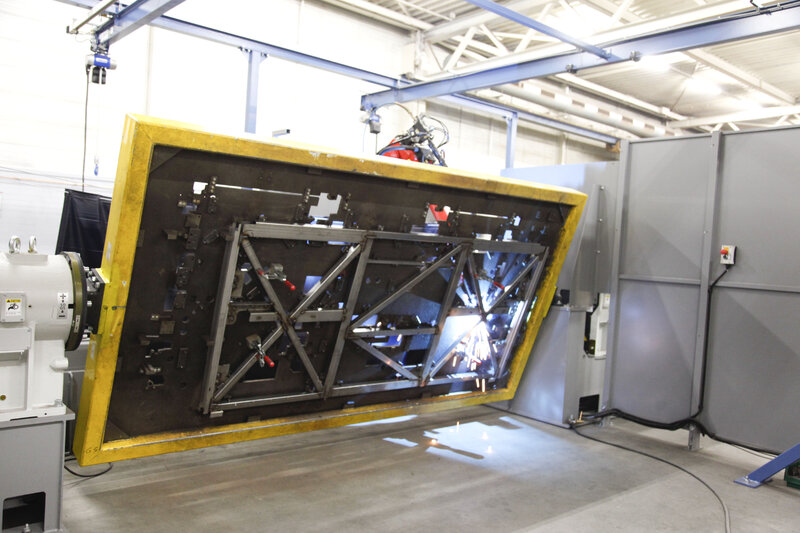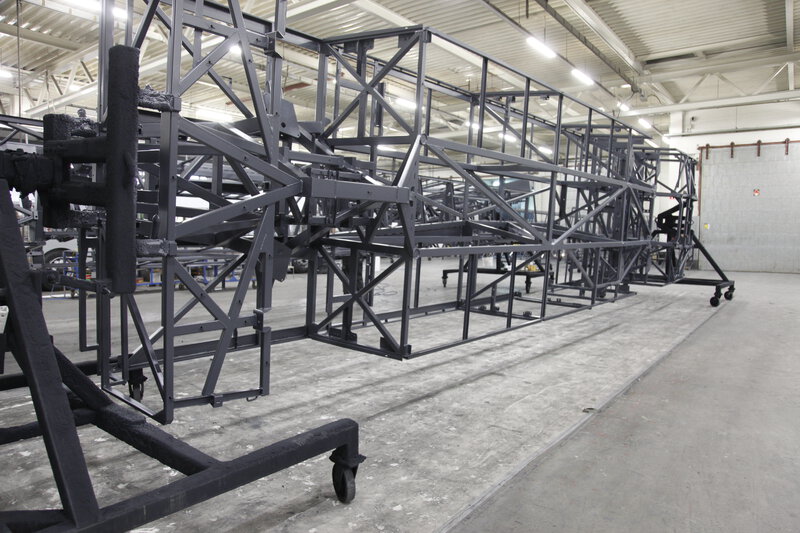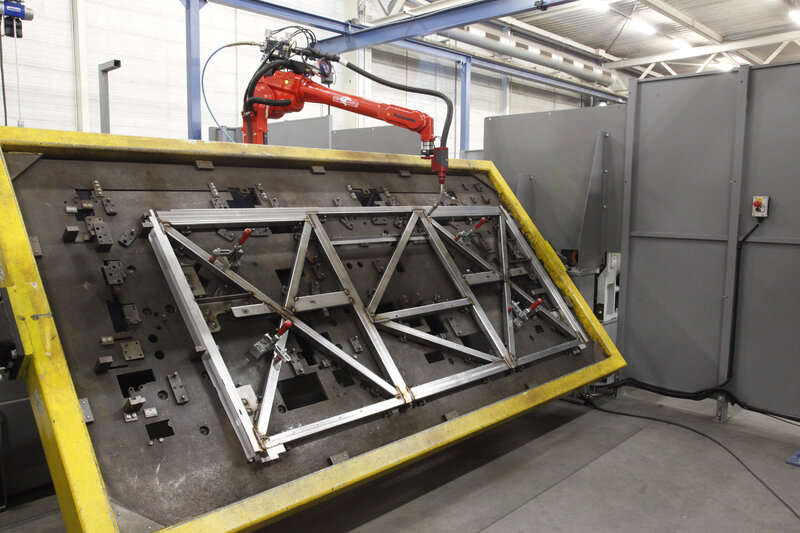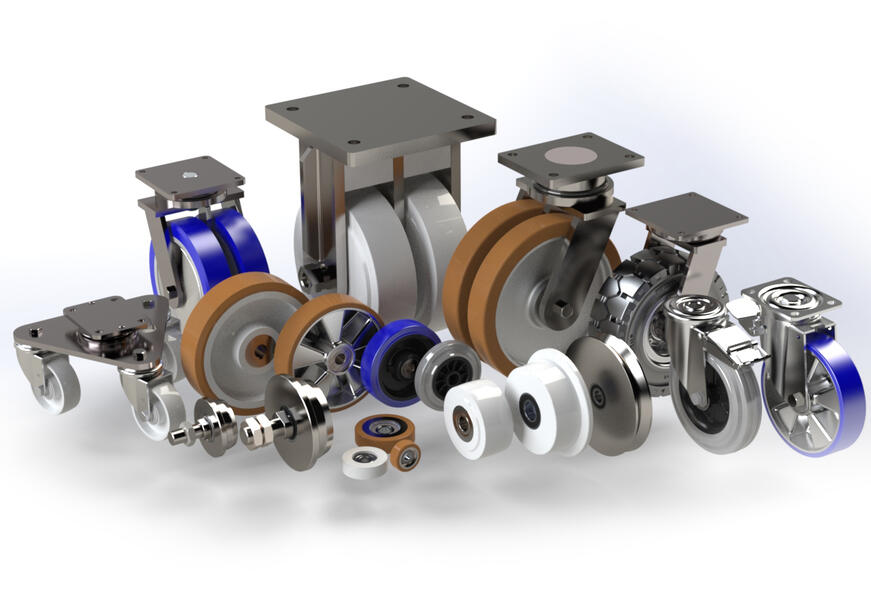Frank van Geel, CEO of VDL Bus Modules: "Bus production is what we call 'hand and head' production. Up until now everything was welded manually at VDL Bus Modules. There are many variants and customer-specific adjustments, and this is a small-volume setting. But cost engineering has of course been carefully considered throughout the engineering process. We have focused on how we can develop modules in such a way that they have the same dimensions and are therefore more suitable for welding robots. A start has now been made with welding robot automation by welding the 2D cross sec-tions for the basic frames. Robotisation is a good way of producing more cheaply in an expensive setting. Our aim is to reduce the cost price and keep production in our own country."

